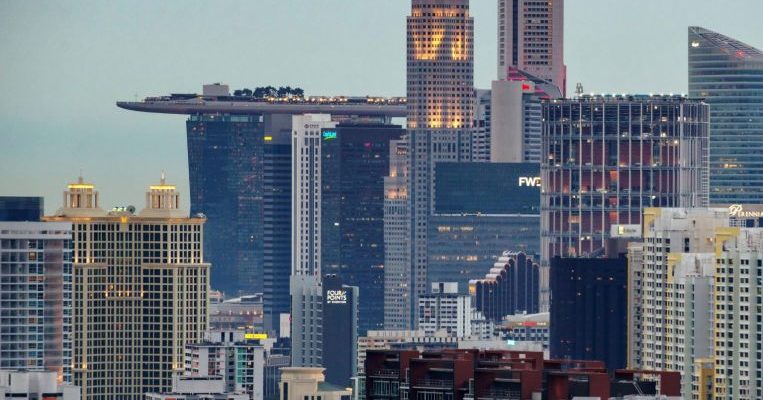
SINGAPORE – The residential and non-residential buildings sector in Singapore will grow at 3.2 per cent this year and 2.3 per cent in 2020, supported by a strong pipeline of planned projects, according to Fitch Solutions Macro Research.
But the firm warned of risks to its forecasts which include uncertainty surrounding and the occurring within the next few quarters.
Fitch raised its growth forecasts for the overall buildings sector in a report on Wednesday (July 10), revising it up by 0.2 percentage points from 3.0 per cent previously for 2019 due to a pipeline of projects currently under planning and construction coming through from 2018.
In particular, the faster pace of growth will be driven by residential buildings, which Fitch now predicts to grow at 3.2 per cent and 1.5 per cent in 2019 and 2020 respectively, up from its previous forecast that the residential sector would shrink by a respective 0.7 per cent and 0.8 per cent.
Over the next two years, construction activity within the residential sector will be stronger than the non-residential sector, Fitch noted. About $9 billion worth of private and public residential building contracts were awarded in 2018 – almost double the $4.8 billion of commercial and industrial contracts awarded during the same year.
For public residential buildings, the government has been consistently announcing new build-to-order projects, with six projects launched in H1 2019 and another five more scheduled by the end of the year. In the private residential sector, after 11 consecutive quarters of decline in the number of residential units planned and under construction, there has been a rebound in supply since Q4 2017, Fitch noted.
Likewise, the non-residential sector has seen a slight rebound in the pipeline of office, industrial and retail space since Q4 2017 which will also boost growth this year.
For 2020, however, the firm made a downward revision in its growth outlook for the overall buildings sector, from 2.6 per cent to 2.3 per cent.
This is because of a slight drop in the number of newly planned residential units observed in Q1 2019, as well as the latest property cooling measures taking effect.
“We anticipate a drop in demand as a result of these measures, which will slow down the pace of the rollout of property development projects from 2019 onwards,” Fitch said.
In terms of downside risks, Singapore’s non-oil domestic exports have slid since March 2019 and private consumption remains subdued. Fitch noted.
“Our country risk team currently forecast Singapore’s economy to grow by 2.2 per cent in 2019, and warns that the prolonged implementation of tariffs by US on Chinese goods will eventually have negative impact on growth,” its report said.
The probability of a recession within the US has spiked since the start of this year, according to data from the Federal Reserve Bank of New York, and this will have global implications including a slowdown in trade which will affect growth of the Singapore economy, said Fitch.
“Hence, fears of an impending slowdown may further suppress demand for residential buildings, and also, with business confidence expected to fall, growth of the non-residential buildings will also be exposed to significant downside risks,” it added.
Falling housing loan growth is an early indication of a possible slowdown in growth of the residential buildings sector.
Data from the Monetary Authority of Singapore showed that although the total amount of housing and bridging loans had been steadily rising since January 2016, growth of these loans entered negative territory since January 2019.
“This is a possible signal that demand for housing is waning, a phenomenon likely linked to the effects of property cooling measures, as well as a fears of recession,” Fitch said.
Fitch Solutions Macro Research is a unit of Fitch Group.
